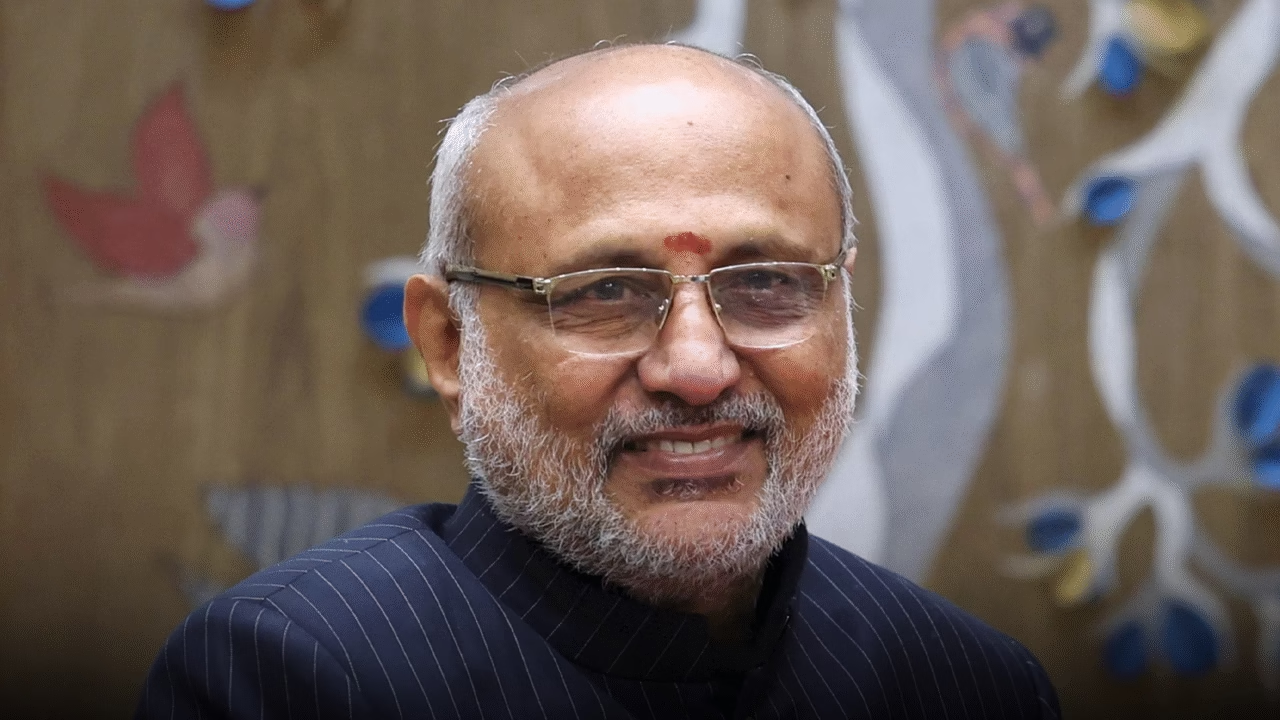As the vice presidential election draws near, political analysts and enthusiasts are keenly observing how the figures might influence the result. Although the final outcome is still uncertain, grasping the process, the voting system, and the current political environment offers valuable insights into how the competition is expected to progress.
The Role of the Vice President
The Vice President of the nation acts not only as a crucial advisor to the President but also as the presiding officer of the Senate, possessing the power to cast tie-breaking votes. This role holds considerable sway in shaping legislation, representing the nation on the global stage, and stepping in as President if the position becomes vacant. Such significance renders the vice presidential election a focal point of scrutiny for political parties, the media, and voters alike.
Electoral Process and Voting Dynamics
In contrast to the presidential election, the vice president is elected indirectly through the votes of Parliament members in certain countries or as part of the Electoral College in the U.S. system. In parliamentary systems, the vice president (or deputy head of state) is frequently selected based on party backing, coalition dynamics, and strategic partnerships. Understanding the makeup of the voting body is crucial for evaluating any candidate’s chances.
For example, the number of seats held by each political party, the involvement of coalition partners, and cross-party agreements can significantly sway the result. Often, the vice presidential election mirrors broader political negotiations rather than being solely a matter of popular vote.
Key Factors Influencing the Numbers
Several crucial elements can shape how the numbers align as the election approaches:
Party Strength: A candidate endorsed by the dominant party or coalition typically enjoys a significant edge, as the majority of votes are cast in accordance with party affiliation.
Coalition Agreements: In political systems lacking a clear majority, partnerships and agreements among parties can impact the outcomes. Coalition allies might negotiate for policy compromises, committee roles, or other positions in return for their backing.
Abstentions and Cross-Voting: Even in tightly monitored elections, abstentions or votes crossing party lines can change the calculations. Political analysts observe not just the declared support but also the potential for unexpected outcomes on election day.
Regional Considerations: Certain parties or lawmakers may consider regional representation, demographic elements, or political equilibrium when choosing whom to endorse. These factors can affect how coalition members allocate their votes.
Analyzing the Numbers
Although precise figures are often kept under wraps until the election, analysts leverage publicly accessible data, party seat distributions, and historical patterns to forecast potential results. By assessing the number of legislators or electors backing each candidate and accounting for possible swing votes, experts can offer insights into which candidates are positioned more favorably.
Historical patterns also contribute to this analysis. In past elections, candidates from specific parties or regions have had advantages due to established voting behaviors and party loyalty. Recognizing these patterns aids observers in predicting how the numbers might sway the final outcome.
The vice presidential election represents a complex interaction of party strength, coalition dynamics, and strategic choices. While it is impossible to definitively predict the winner, examining the numbers reveals a clearer understanding of the political forces involved. By monitoring party stances, alliances, and voting trends, political analysts can evaluate which candidates are likely to succeed.
The election for vice president involves a complicated mix of party influence, coalition interactions, and strategic choices. Although it’s impossible to predict who will ultimately win, examining the data reveals a clear understanding of the political forces involved. By monitoring party stances, partnerships, and voting patterns, political analysts can evaluate which candidates are most likely to succeed, without claiming a certain result.For both voters and onlookers, grasping this process highlights the significance of party strategy and coalition formation in determining leadership at the highest echelons of government. The forthcoming election will showcase not only political strategies but also the larger dynamics of governance, providing a vital perspective on how power is negotiated and wielded.

